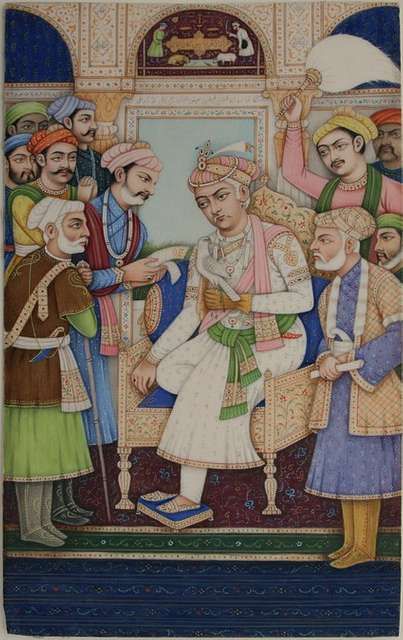Unveiling Turkey’s Hidden Cultural Gems: A Journey Beyond the Tourist Trail

The culture of Turkey is a fascinating blend of various influences from Eastern Europe, the Eastern Mediterranean, the Caucasus, the Middle East, and Central Asia. Here are some key aspects:
- Historical Roots:
- The Ottoman Empire played a significant role in shaping Turkish culture. It was a multi-ethnic and multi-religious state that brought together diverse traditions.
- After World War I, the Turkish Republic emerged, emphasizing Westernization and modernization. Mustafa Kemal Atatürk led radical reforms to create a new cultural identity.
- Literature:
- Turkish literature has a rich heritage. Notable figures include Namık Kemal, a poet, novelist, playwright, and journalist from the late 19th century Ottoman Empire.
- Arts and Architecture:
- Turkish architecture reflects a mix of styles, from early Ottoman to Baroque and beyond.
- Istanbul, with its historic areas, is a UNESCO World Heritage site.
- The Great Mosque and Hospital of Divriği, Hattusha (old Hittite capital), and Troy are also recognized sites.
- Music and Dance:
- Traditional Turkish music features instruments like the saz (stringed instrument) and the ney (flute).
- Folk dances like the “halay” and “horon” are vibrant expressions of regional culture.
- Cuisine:
- Turkish cuisine is renowned worldwide. Don’t miss out on kebabs, baklava, and Turkish tea!
- The blend of flavors reflects historical interactions with neighboring cultures.
- Religion and Festivals:
- Islam is the predominant religion, influencing daily life, art, and architecture.
- Festivals like Eid al-Fitr and Ramadan are celebrated with enthusiasm.
In summary, Turkey’s culture is a captivating mosaic of traditions, history, and creativity, making it a must-visit destination for anyone seeking a rich cultural experience








